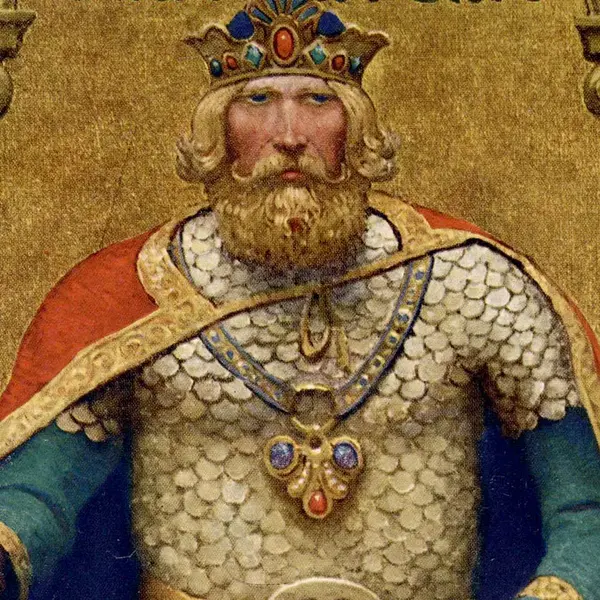
Personal
Other names:
Arthur Pendragon, The Once and Future King
Job / Known for:
Leader
Left traces:
A legacy of courage
Born
Date:
5
Location:
GB
Unknown, possibly Wales or northern Britain
Died
Date:
6 (aged 1)
Resting place:
GB
Death Cause:
Mortally wounded by Mordred at the Battle of Camlann
Family
Spouse:
Guinevere (disputed)
Children:
Mordred (disputed)
Parent(s):
Uther Pendragon and Igraine (disputed)
QR Code:
Show More
Rank
Users ranking to :
Thanks, you rate star
Ranking
5.0
1
About me / Bio:
Show More
Article for King Arthur
Died profile like King Arthur
Comments:


